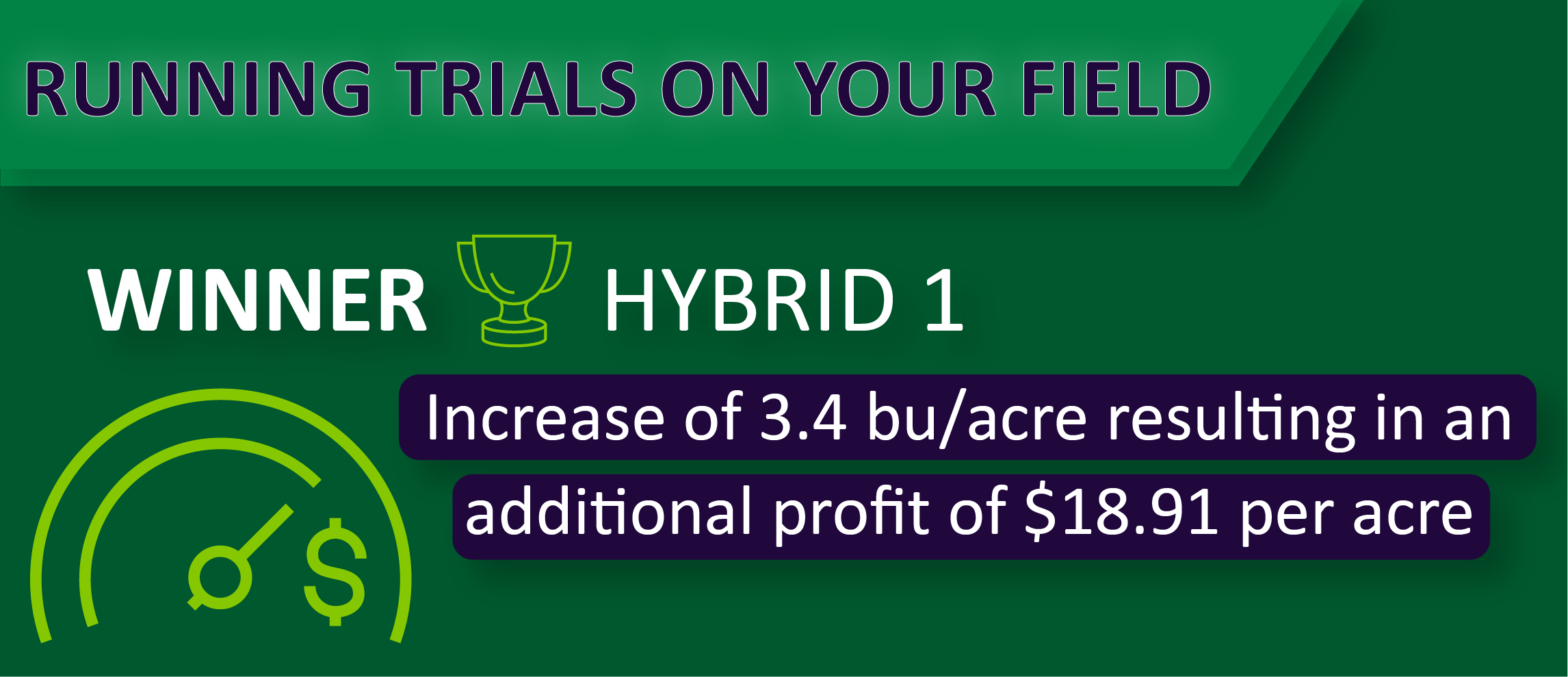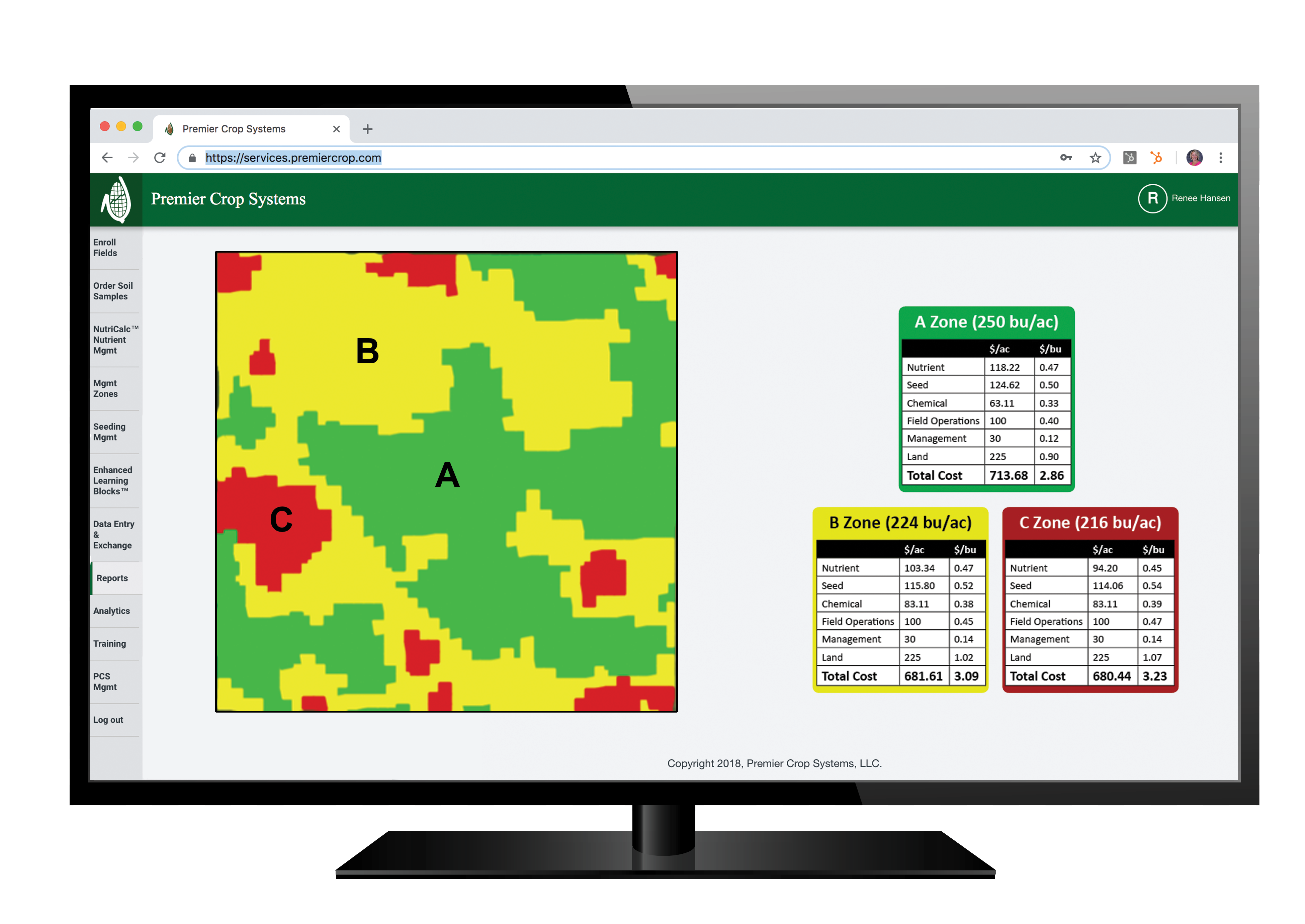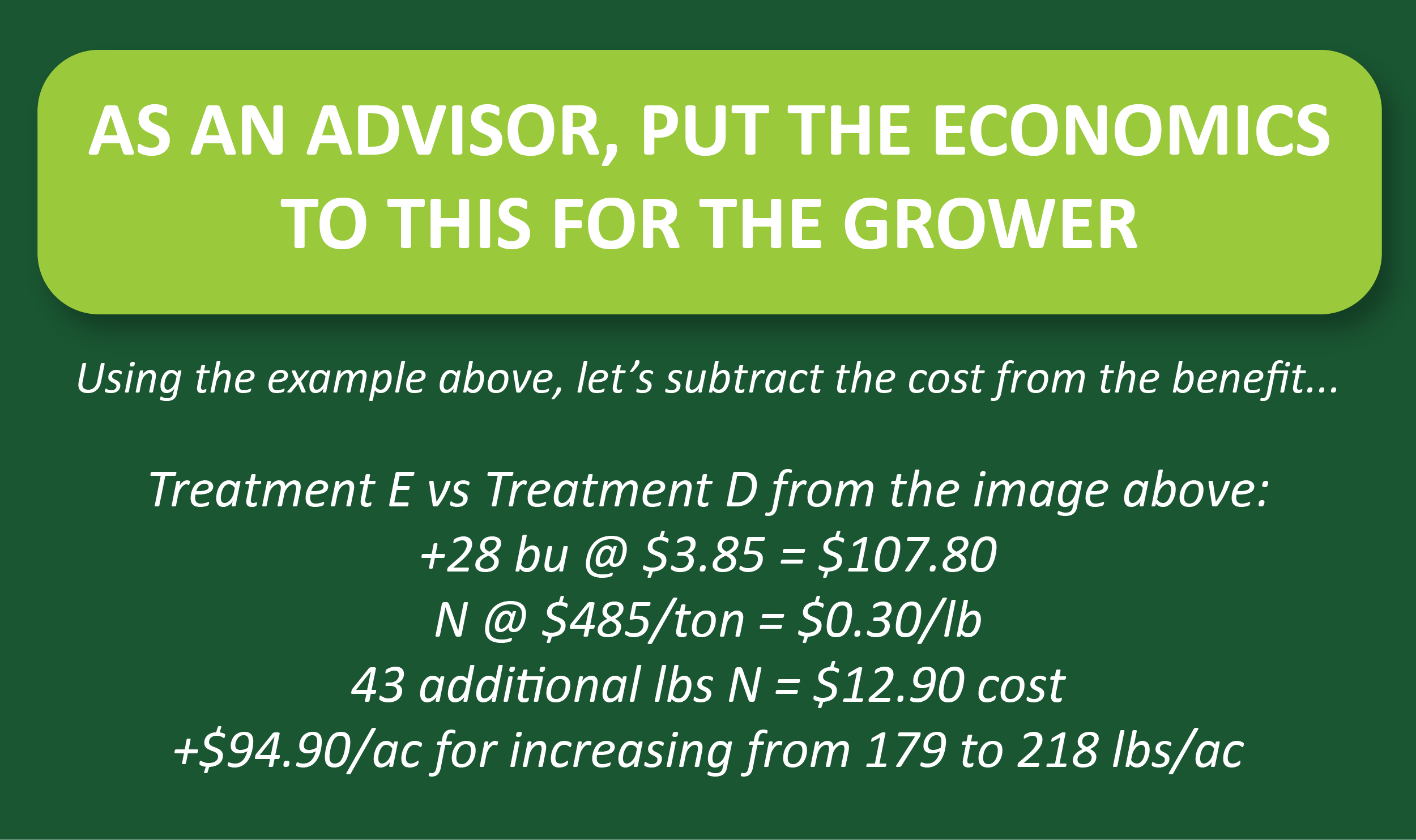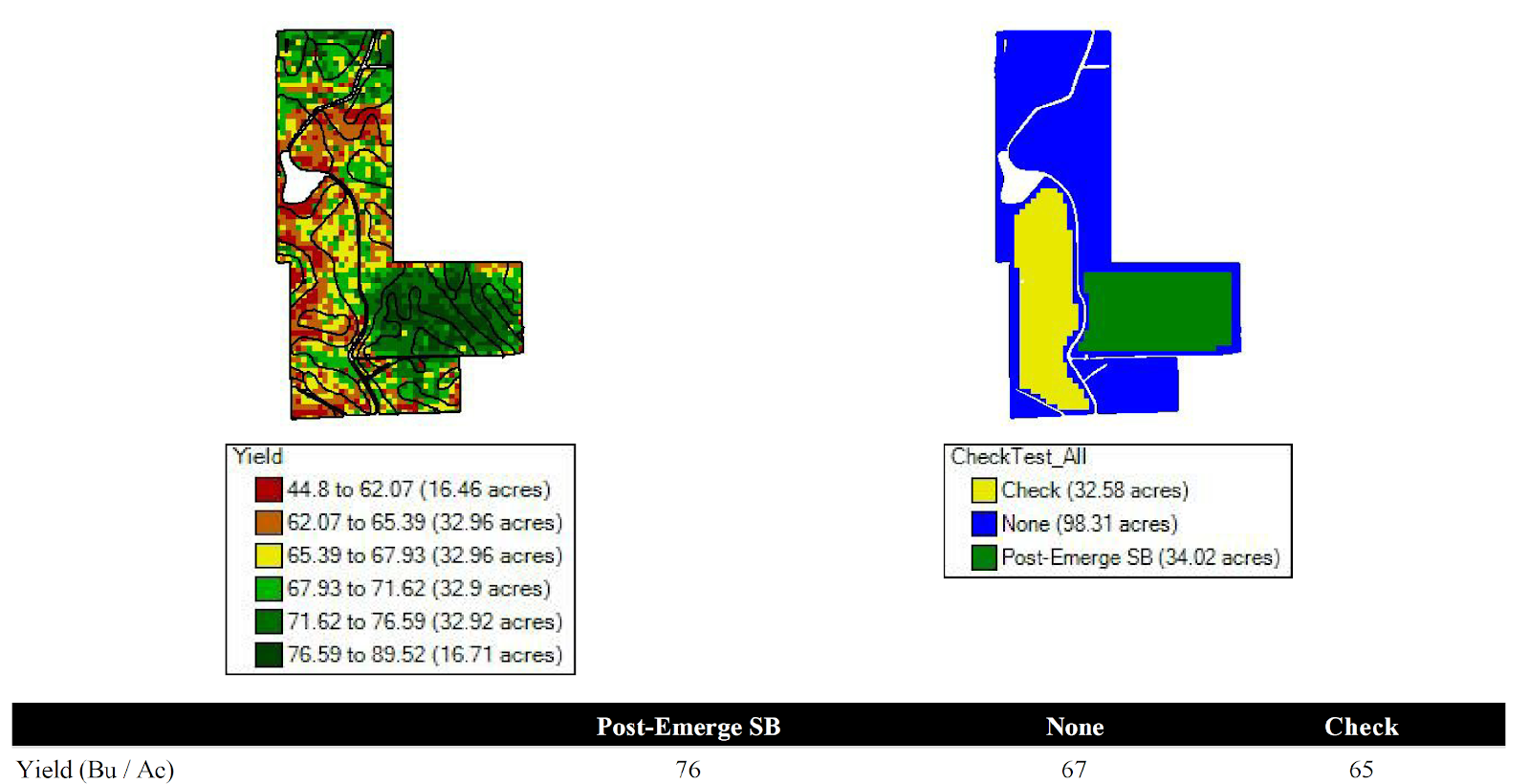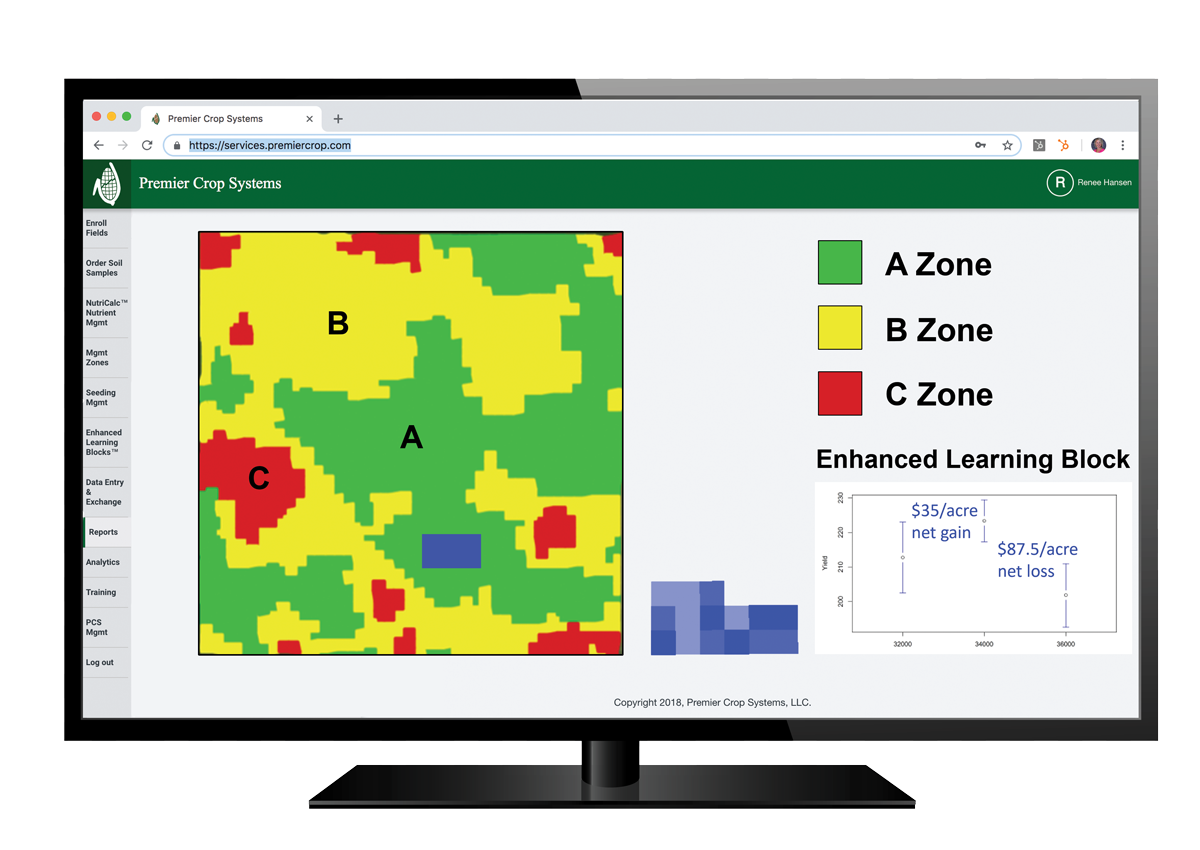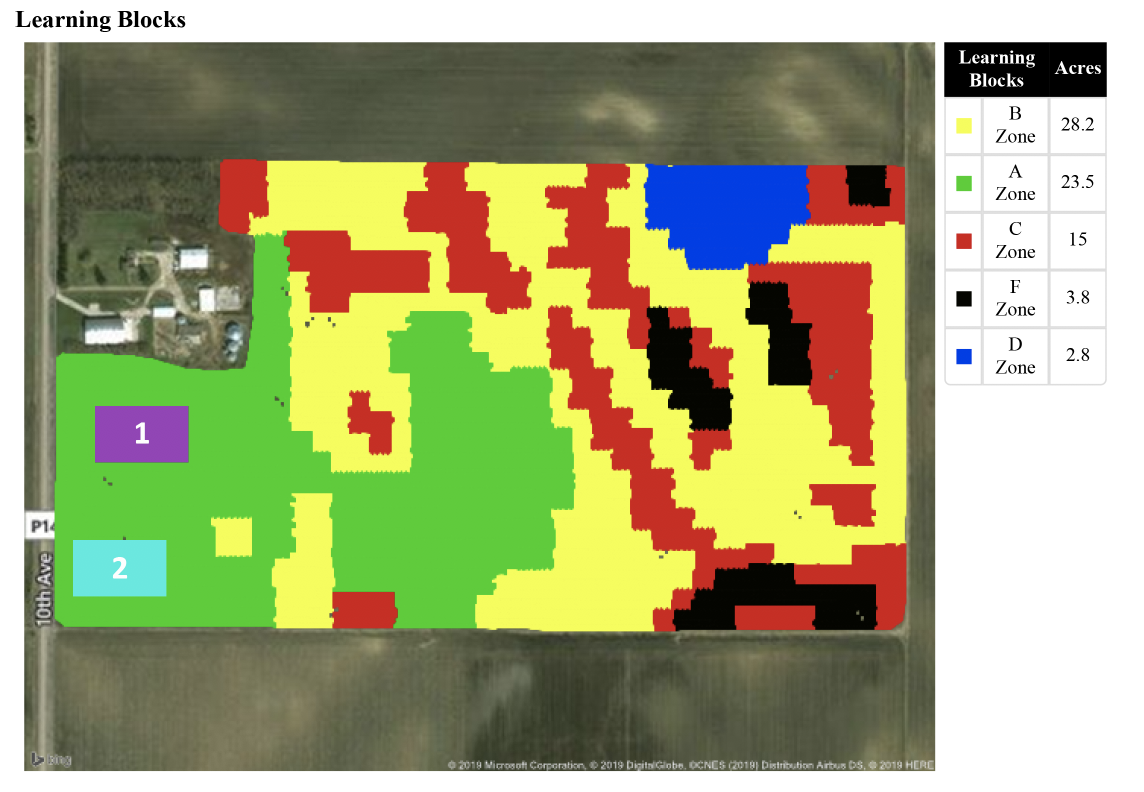Technology is great… when it works like it’s supposed to. Whether it’s your cell phone, computer or agriculture equipment, we’ve all had our fair share of battles with technology. Like it or not, technology isn’t going away. In fact, it’s going to continue to grow and become even more prevalent in our lives, even in agriculture. We see this every year in agriculture as we continue to add technology to our planters and combines. Monitors continue to become more complex, and tractors are driving themselves. So, where do we go from here?
Topics: data analytics, management zones, trials, learning blocks, data driven decisions, nutrient removals
Big data is a phrase that has integrated this world of technology across industries. It's about capturing relevant data from a huge number of sources, and translating it into something that people can use. Big data provides actionable insights to solve problems at scale and at speed. In this world of ag, we have billions of dollars of venture capital funding pouring into agriculture through technology builds. Big data has been at the center of that.
Topics: data analytics, Precision ag, trials, hybrid selection, data driven decisions, farm analytics, Big Data, nutrient removals
We often use the phrase, “Everything agronomic is economic.” What does that really mean?
First, let's first define agronomics and economics. What is agronomics? That's everything that we do in the field related to making good management decisions. It's deciding how much fertilizer to apply and where to put it, planting rates, crop protection, tillage systems and how to incorporate all of this into the farm. Those all go into how we grow our crop. On the economics side, we’re talking about all of the money involved in farming. Farming is a business, and just like any other business, you need to make sure you have cash flow so you have the opportunity to farm again next year, and the year after that. So, how do we focus on agronomics and economics? We do that by analyzing growers’ data. We use that knowledge to help them make decisions on their farm.
Knowing what you’ve done on the farm in the last five, 10, or 20 years can provide valuable knowledge as you plan into the future. However, if you never take that data and don't use it to make decisions, it's not doing you any good. It's important to invest time into collecting your farm data. We work with growers to analyze their collected field data. We add costs to the layers of data including product cost, operations cost, management cost if they have any land-specific cost, and tie that to the yield file so we can see what is making agronomic and economic sense on the farm.
It's fairly easy to tell where there are higher yields, but it's a lot harder to know if that yield increase also caused an increase in the pocket book. Did the decision pay for itself? Did you produce enough bushels to offset the cost of production? Every pass across the field matters agronomically, but it also has a cost associated with it. We give you three steps to help combine your farm agronomics and economics below.
Topics: Enhanced learning blocks, data analytics, Precision ag, trials, learning blocks, hybrid selection, data driven decisions, farm analytics, Big Data, nutrient removals
Our approach to nutrient planning is based on the fact that we want to allow our advisors, partners, and growers to get ahead when it comes to planning for the next crop season. Some advisors are having this conversation early, even before growers start combining in the fall. As we dial our focus on helping growers create a plan before the growing season begins, we look at several things. Using a spatial soil sample as one of the foundation pieces is a large part of what we do. A spatial soil sample could be a grid sample where the field is divided into smaller sizes, giving you a number of samples within a field, two-and-a-half-acre grids are common in most areas. In other areas where the field is divided into zones, zone sampling can be driven by soils, historic imagery, or EC conductivity. Instead of capturing one sample for an entire field, they're capturing more intense, site-specific samples. Layering all these samples into one computerized system and letting data science derive the factors for you helps, rather than trying to figure it out on your own in those frustrating excel sheets.
Topics: data analytics, Precision ag, crop protection, trials, Farm Plan, nutrient removals
New agronomy products are being brought to market every year, with claims of adding bushels to your bottom line. Every farmer is curious whether or not these products actually perform. Whether it’s micros, in-furrow, seed treatment, fungicide, or biologicals, farmers want proof that a product will perform on their own acres. Most are willing to try a new product or two on a few acres to see what will happen before they invest in every acre. However, how they analyze that data is essential to getting a clear picture to that product’s success.
Topics: trials
I'm always looking for parallels – examples from other industries on how they use data to drive better decisions. While on the road, I listened to several Freakonomics podcasts. One that related well was titled Bad Medicines, Part 2: (Drug) Trials and Tribulations.
Topics: Enhanced learning blocks, trials
In 2005, Premier Crop trademarked a unique idea that has become a common practice with our customers. A trademark called Learning Blocks™. If you’ve conceded to the idea that your fields aren’t the same from fence line to fence line and you’re already managing your fields in zones, you’re ahead of the pack. But, are you checking your work? How do you confirm you are choosing the right rates for the zones in your variable rate planting or nutrient prescription? Do you just trust that the prescription is right?
Topics: Farm technology, Precision ag, management zones, trials, learning blocks
There are many ways to trial new products on your farm. Possibly one of the most common is what you might call a split-planter or side-by-side trial which we’ll refer to as a split treatment trial. For example, two hybrids in the planter. Half on one side, half on the other side. A split treatment trial could also be done for seed treatments, fungicide, crop protection--anything that can run in a side by side. This could even be separate passes with a sprayer, stripped through the field.
Topics: trials, hybrid selection
Why should you test products on your own farm? Your farm is unique and you have the equipment capabilities and data to conduct those trials. With little risk, you can have a more robust dataset than many companies. I’ll explain…
Topics: Enhanced learning blocks, data analytics, Precision ag, crop protection, management zones, trials
Some people remember phone numbers or slender dates; I remember farm fields. Before the 2005 crop year, the program leaders for Central Advantage from Central Valley Cooperative in southern Minnesota asked me to help generate variable-rate planting prescriptions. The primary question was “agronomically, what makes sense?”
Topics: management zones, trials, learning blocks

